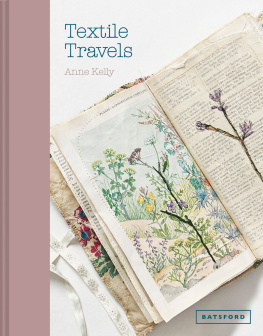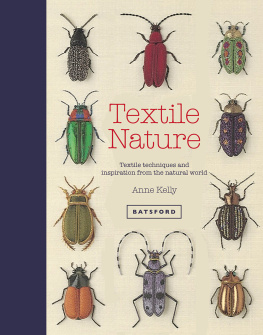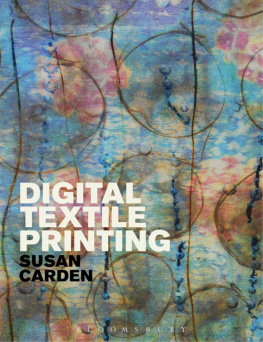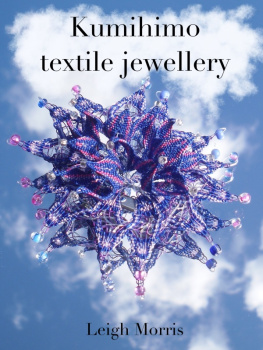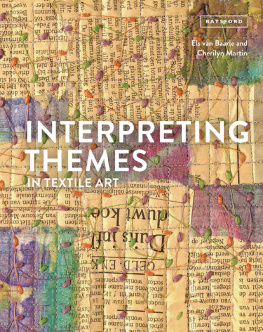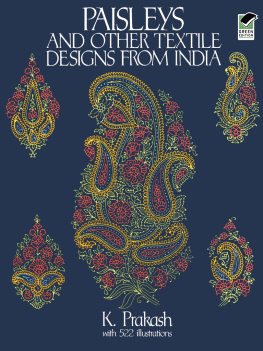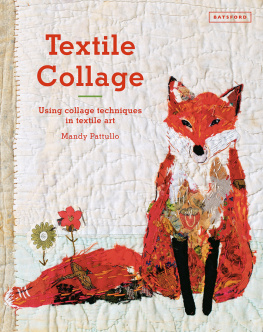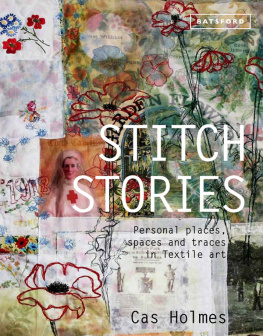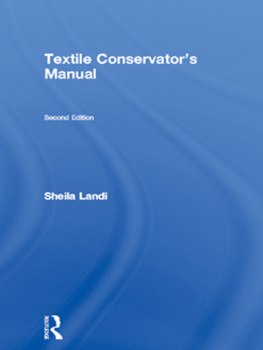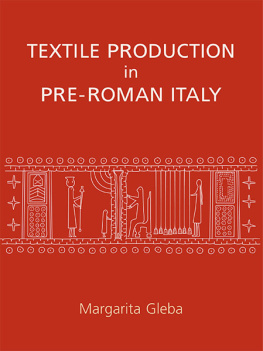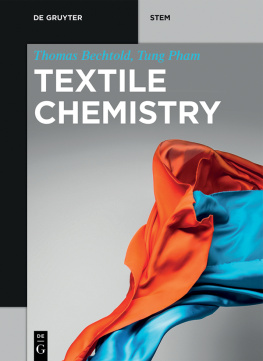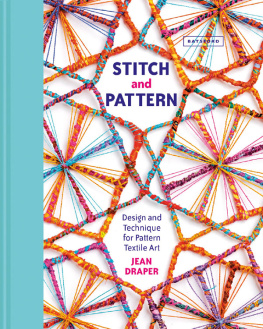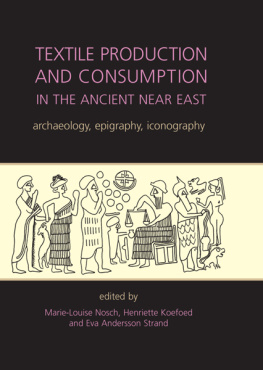Contents
Guide
Textile Travels

Anne Kelly, Environmental (detail), mixed-media textile.

Anne Kelly, Japanese Kettles (detail), mixed-media textile.
Textile
Travels
Anne Kelly

Contents

Anne Kelly, Sweet Box, crayon drawing.

Travel collage with the author as a young artist.
Introduction
Travel is fatal to prejudice, bigotry and narrow-mindedness.
Mark Twain, American writer and humorist
Travel has been a central feature of my work and this book is by extension a continuation of the themes explored in my previous books Textile Nature and Textile Folk Art. I have always admired my adopted countrys predilection for travel and exploration. In my solo and collaborative project work, travel has shaped and directed the themes, materials and outcomes of my textiles. At the same time, it has helped me to question and research the landscape, culture and traditions of the places I have visited and my surroundings closer to home.
Travel features heavily in textile art, whether it is a guild member making a travelling book, or a large installation mapping coastal erosion and the effects of climate change. As artists, travelling helps us to locate our place in the world and share our practice with new audiences. There is much to learn from different cultures and textiles are the residue of that education, also contributing to our identity as textile artists.

Festival of Britain map, hand embroidery from kit, UK 1950s, collection of Judith Mansfield, Todmorden Books. The symbols for the different areas of the UK are simplistic and nostalgic, yet the piece works as a whole without any signage, apart from the title and to indicate where London is.
As part of my practice, museums and collections are always a great resource for making work. Celebrating and being inspired by what has been made in the past and understanding how it influences current makers can also be a part of the learning process. I have featured some wonderful exhibitions and collections in this book and my interpretations of work from them.
Chapter 1: Mapping the Journey looks at maps and ways of using them in textile artwork.
Chapter 2: Heading South looks at the influence of southern cultures on textile art, from Peru to India, via Australia, New Zealand, China and Italy. Traditional motifs and techniques engage new audiences while celebrating their rich cultural heritage.
Native Canadian and American cultures offer a huge variety of imagery and source material for textile artists. Work made referencing them can provide new insights into their purpose and this will be explored in Chapter 3: Due North.
Chapter 4: Stopping Places captures the moments in time on a journey that are distilled and remembered. A seaside hotel, a railway journey or a walk on the downs can all be the basis for a single piece or a series of work.
In Chapter 5: Space and Exploration, we will look at how imagination plays a big part in creativity, and connecting with the themes of space and boat travel will both be explored in this chapter. Visually, the moon and sky can be arresting, and it is fascinating to see how different makers interpret this. Sails and boats use textile in their construction and they are a popular theme for textile artists to portray in their work.
The final short section of the book, entitled Resources for Journeys, focuses on organizing materials and ideas before, during and after a journey, whether you are close to home or enjoying an adventure far away. By collating paper, fabric and stitch, we are able to condense and preserve memories, making observations and new, meaningful work. By understanding elements of our world near and far we can better portray, preserve and protect it.

Anne Kelly, Map Inspiration Box, mixed media.
Chapter 1
Mapping
the Journey
Ive always been fascinated by maps and cartography. A map tells you where youve been, where you are, and where youre going in a sense its three tenses in one.
Peter Greenaway, British film director
Mapping
I am sitting on a train, looking out of the window, thinking about the landscapes, towns and hamlets we are passing by. How do I begin to convey or portray this in cloth, and how do I tell the stories of the lives of the people and the histories of the places seen? A good start is to begin with a map, which can be many things. It is always an interpretation, no matter how true to life. Cartographers make a series of decisions about representation to create a map that we can read easily. In this sense, map-making is allied to drawing another translation from three dimensions to a flat image.
In this chapter, we will look at how to use and make maps in your work in a creative and meaningful way. Old maps can be a source of information about the history of an area but they are also beautiful objects in themselves. I favour the old Ordnance Survey maps that can be found in charity shops and second-hand bookshops, as they have a scrim backing which makes them easier to cut and manoeuvre. In my Map Tin Boxes project, I used an old map of Paris, found in a French brocante shop, to line the tins with before adding the stitched elements.
I have used maps in a variety of ways in my work and will be exploring some of these in this chapter, as well as returning to them later on in the book. I also wanted to see how maps can be interpreted and act as an inspiration for contemporary work for a range of other textile artists.

Anne Kelly, Map Tin Boxes (open), mixed media in tin boxes.

Anne Kelly, small unframed works on paper, mixed media.
Maps as images and as guides
Lines
Railways
Airports
Contours
Seas
Lakes
Rivers
Mountains
Parks
Forests
Plains
Paper maps
Postcards


